
Laurence Stephen Lowry was an English artist. His drawings and paintings mainly depict Pendlebury, Greater Manchester as well as Salford and its vicinity.
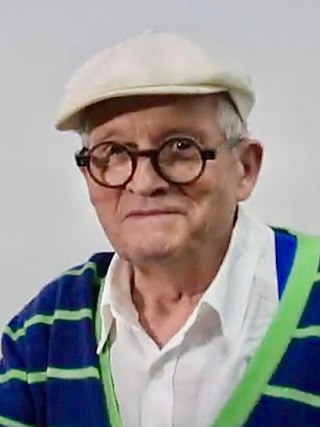
David Hockney is an English painter, draughtsman, printmaker, stage designer, and photographer. As an important contributor to the pop art movement of the 1960s, he is considered one of the most influential British artists of the 20th and 21st centuries.

Paul Sandby was an English map-maker turned landscape painter in watercolours, who, along with his older brother Thomas, became one of the founding members of the Royal Academy in 1768.
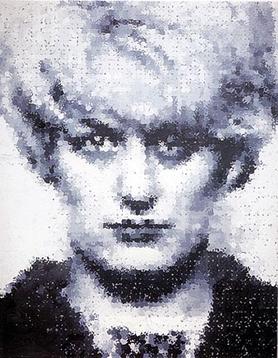
Marcus Harvey is an English artist and painter, one of the Young British Artists (YBAs).

Nancy Spero was an American visual artist known for her political and feminist paintings and hand pulled prints.

The Hon. Sir Nicholas Andrew Serota is a British art historian and curator.
Emilie Cosman, known as Milein Cosman, was a German-born British artist. She was best known for her graphic work of leading cultural figures, dancers and musicians in action, such as Francis Bacon, Mikhail Baryshnikov, T. S. Eliot and Igor Stravinsky.
Nicholas Krushenick was an American abstract painter, collagist and printmaker whose mature artistic style straddled Pop Art, Op Art, Minimalism and Color Field. He was active in the New York art scene from the mid-1950s to the mid-1970s, before he began focusing his time as a professor at the University of Maryland. Initially experimenting with a more derivative Abstract Expressionist style, by the mid-1960s he had developed his own unique approach, painting increasingly decisive compositions marked by bold, colorful, geometric fields and forms simultaneously flattened and amplified by strong black outlines, in a style that eventually became known as Pop abstraction. In 1984, the biographical dictionary World Artists, 1950-1980 observed that Krushenick "has been called the only truly abstract Pop painter." Today, as other artists have been carefully folded into the same paradoxical genre, Krushenick is not only considered a singular figure within that style but also its pioneer, earning him the title "the father of Pop abstraction."
Emilio Sanchez (1921–1999) was an American artist known for his architectural paintings and graphic lithographs. His work is found in the permanent collections of the Metropolitan Museum of Art, Museum of Modern Art, National Gallery of Art, Smithsonian American Art Museum, Museo Nacional de Bellas Artes de La Habana, Museo de Arte de Ponce, Bogotá Museum of Modern Art, La Tertulia Museum, and the National Gallery of Australia.
Ingrid Kerma is a German artist.
Ian A. C. Dejardin is an art historian who was director of the Dulwich Picture Gallery in Dulwich, England. In August 2016 Dulwich Picture Gallery announced that he would be leaving to become chief executive of the McMichael Canadian Art Collection in Ontario in April 2017. He is married to Eric Pearson, his partner since 1987, and lives in Toronto, Canada.
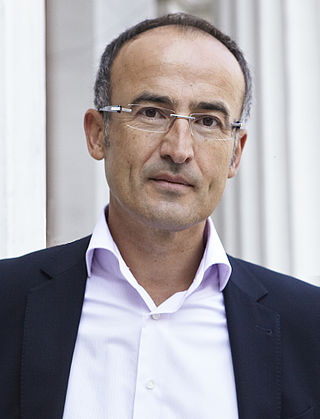
Tobias G. Natter is an Austrian art historian and internationally renowned art expert with a particular expertise in "Vienna 1900".
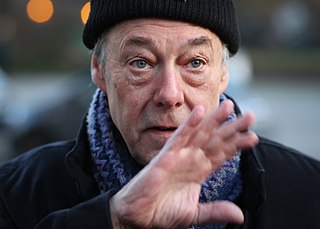
Gerald David "Gerry" Badger is an English writer and curator of photography, and a photographer.
Mark Haworth-Booth is a British academic and historian of photography. He was a curator at the Victoria & Albert Museum in London from 1970 to 2004.
Jim Whiting is a British artist and inventor. He was born in Paris and spent his early childhood in Salisbury, Zimbabwe before returning to the UK with his family in 1959. He studied Electronic Engineering & Systems Control at Queen Mary College and then sculpture at Saint Martins School of Art after a foundation at High Wycombe Art College.
Nerys Ann Johnson was a Welsh artist and art curator.

Hugh Graham Belsey, MBE, is a British art historian who is an authority on the art of Thomas Gainsborough. For 23 years he was the curator of Gainsborough's House in Sudbury. His most recent contribution to Gainsborough scholarship is his catalogue raisonné of Gainsborough's portraits published in February 2019 by the Yale University Press for the Paul Mellon Centre for Studies in British Art.

The Museum Barberini is an art museum in Potsdam opened in 2017. Its exhibitions range from the so-called Old Masters to contemporary art, with an emphasis on impressionist painting. Centered around works from the collection of its founder and patron Hasso Plattner, the Barberini presents three temporary exhibitions per year, featuring loans from international museums and private collections. Academic conferences serve to prepare these exhibitions. At the same time, shorter gallery displays – the so-called “art histories” – put works from the collection into constantly shifting contexts. The museum aims to offer a diverse programme of events and educational activities as well as digital offers like the Barberini App and the 4K Smart Wall in the museum.
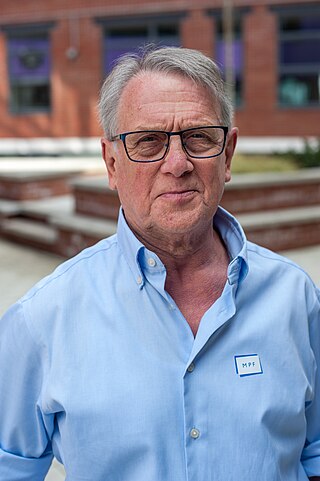
John Myers is a British landscape and portrait photographer and painter. Between 1973 and 1981 he photographed mundane aspects of middle class life in the centre of England—black and white portraits of ordinary people and suburbia within walking distance of his home in Stourbridge.










